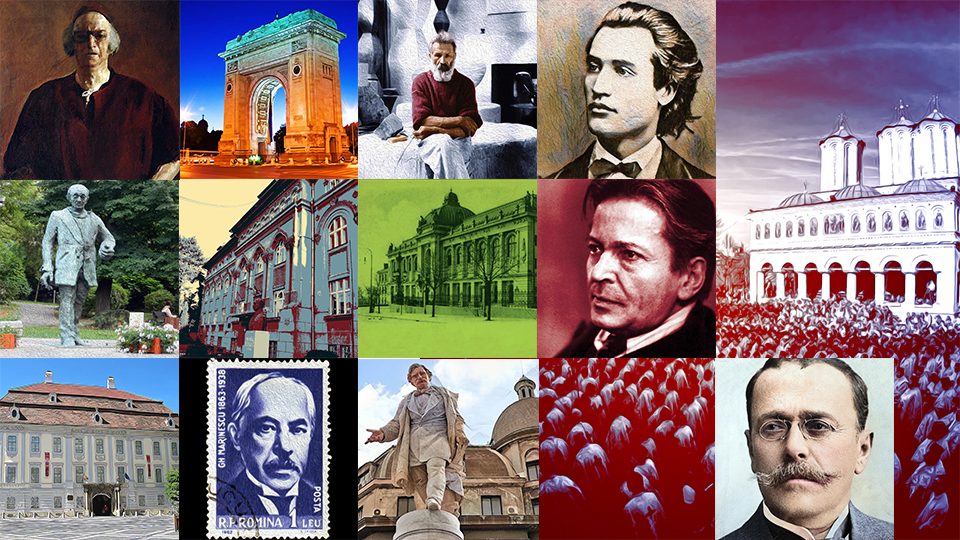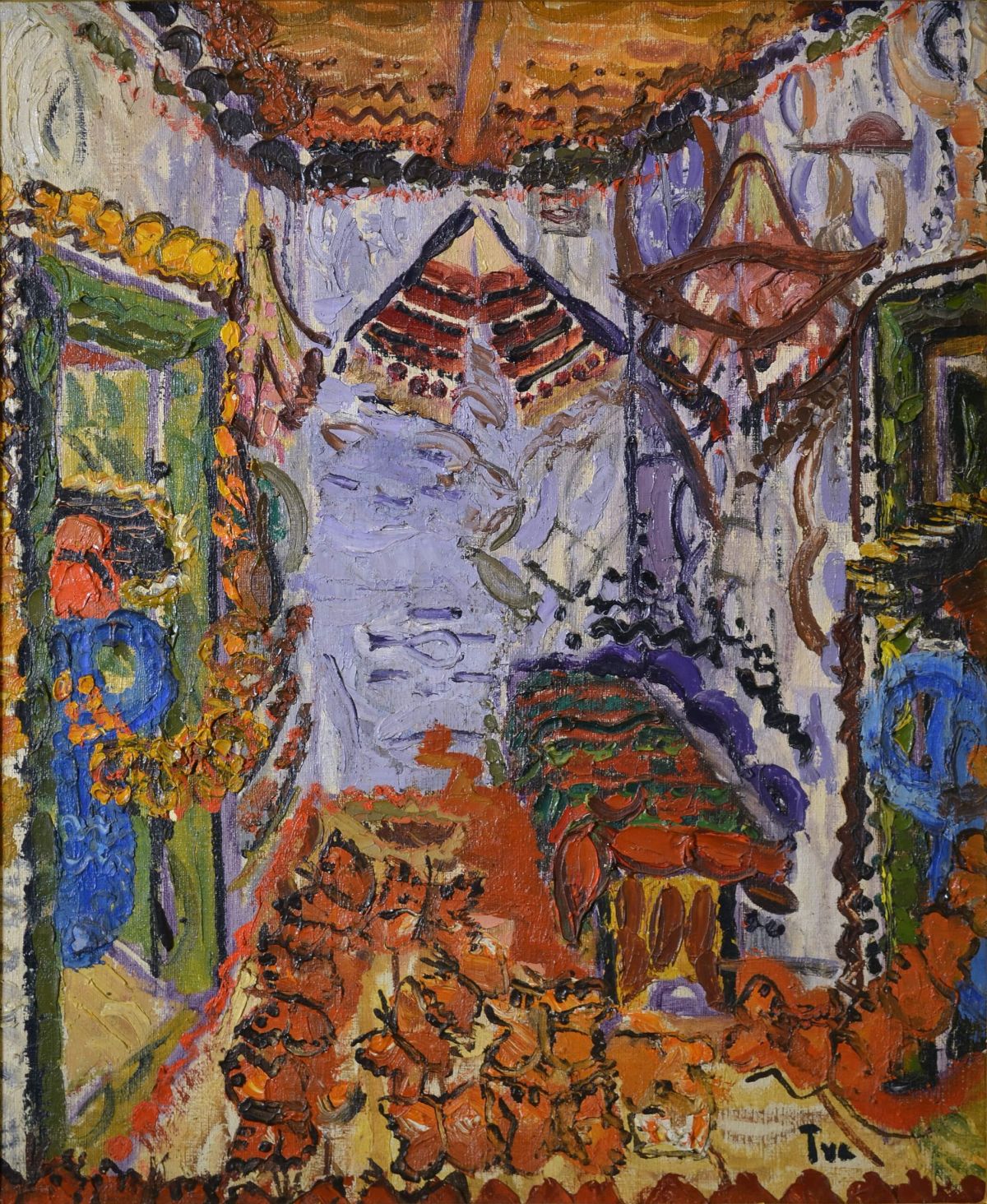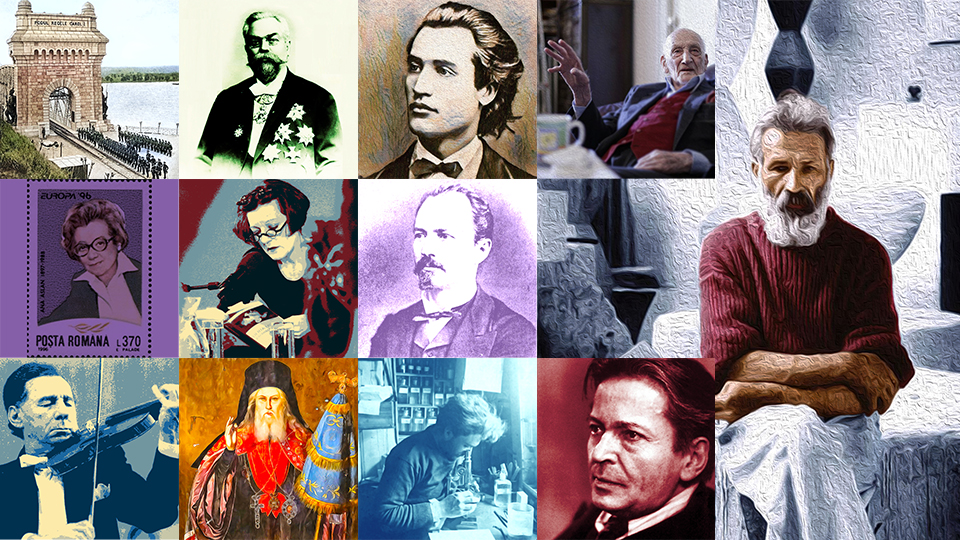The Romanian Royal Family and its interesting past
The royal residences on the Romanian Black Sea Coast

Steliu Lambru, 29.10.2022, 14:00
The Hohenzollern dynasty put Romania on the map of modernization, ever since Carol arrived in the Romanian Principalities in 1866. The remarkable domestic feats of success, such as the Constitution of 1866, or the exploits at foreign level, such as Romania’s gaining its state independence in 1878, the proclamation of the Romanian Kingdom in 1881 and the country’s connection to the European economic system, all that laid the foundation of the new kingdom’s progress. Tourism was one of the economic sectors that saw a tremendous progress at that time. The construction of the Pelisor or Peles castles literally meant the birth and the development of the town of Sinaia and of the mountain resorts on the Prahova River Valley. We should also note, though, that the Romanian royal family had a crucial contribution to the development of tourism on the Black Sea coast. Dobrogea became part of Romania in 1878. The region literally provided Romania’s opening to the Black Sea, also whetting Romanians’ appetite for seafaring journeys.
The historian Delia Roxana Cornea is the author of The Royal residences on the Black Sea Coast. The Romanian Queens’ Dream Homes. The volume provides a detailed account of the Romanian sovereigns’ four residences on the Black Sea Coast. The Royal Palace was one such residence. With details on that, here is the author herself.
Delia Roxana Cornea:
It was built between 1905 and 1907, and was designed by architect Pierre Louis Blanc. The residence became operational in the autumn of 1907, when, for the first time ever, Dobrogea saw military maneuvers taking place, under King Carol the 1st’s command and coordination. Shortly afterwards, the city dwellers of Constanta, through Anghel Saligny, at the suggestion of King Carol I, offered Queen Elizabeth, the poet Carmen Sylva, a small pavilion built on the port dam, the so-called Queen Elizabeth’s pavilion, later the Queen’s nest, a venue where, at least until 1914, the city’s entire intellectual elite convened and where lots of literary evenings took place, presided by the queen herself.
They say walls have a memory of their own. We can also say that about the royal palace, which welcomed great guests within its walls.
istorian Delia Roxana Cornea :
The two residences were the witnesses of an event that was very special in the history of the city, they played host to Tsar Nicholas the 2nd’s one-day visit. The photos of the two families are very popular, the Russian imperial family and the Romanian royal family, reunited in the pavilion lying on the Constanta port dam. Unfortunately, the trying times of World War One and especially the Bulgarian-German occupation of Constanta and Dobrogea between 1916 and 1918 caused a lot of damage to both royal residences.
After 1918, when everything would change, the old royal palace also had a different destination. This time around, its destination had the Romanian monarchy’s coat-of-arms at the center, paying homage to the visionary policy of the two Romanian sovereigns, Ferdinand and Marie, the iconic personalities of then the new Romanian world.
Delia Roxana Cornea:
After the war, the old Royal Palace became the Court of Appeal of the Constanta city. The municipality of Constanta offered King Ferdinand and Queen Marie, just as it was specified in the title of the donation, in remembrance of the difficult years of the occupation and on behalf of the forefathers of the motherland, a plot of land made of a several hectares, at the heart of Mamaia resort. It was the very moment when, in effect, the resort of Mamaia was put on the map of tourism. In the following years, almost all families of the well-to-do class wanted to have a holiday house in Mamaia. The royal residence in Mamaia was built between 1924 and 1927 and was made of two separate buildings. We’re speaking about the Royal palace and a small pavilion that was built at the suggestion of Queen Marie, who intended to offer it to Michael. Unfortunately, King Ferdinand never got round to being accommodated in that residence because the construction works were completed in the spring of 1927, and the King died the same year, in the summer.
The inauguration of the new palace took place on August 22, 1927, with the little, six-year-old king Michael attending the event. In the following period of time, the palace was visited by the royal family and their guests, among whom there was the Greek royal family, to whom the Romanian one was related. But the history of the building would change. With details on that, here is the historian Delia Roxana Cornea once again.
Unfortunately, the history of that royal residence was changed because of its selling, in 1932, according to a deal the mother-princess, Helen, had with her former husband, King Carol I. From that moment on, the Royal Palace became, in turn, the marine aviation base in Mamaia, then, later, during the communist year, it was turned into a holiday residence for the workers’ class, while in the 1970s the communist authorities redesigned the entire building and turned ii into a Neckermann Club, exclusively destined to German tourists. Just as it was stipulated in the supporting memorandum, it was intended to bring in hard currency, while at that time the one-place nightly accommodation fee at the former Royal Palace stood at 13 USD.
After 1989, the story of the Royal Palace in Mamaia went on, but those who officially took possession of the palace did not provide appropriate maintenance. The building became derelict and then it was abandoned. However, the building’s upgrading ongoing campaign is a promising one and, in the long run, the city dwellers of Constanta hope to yet again see the palace in its initial grandeur.(EN)






























